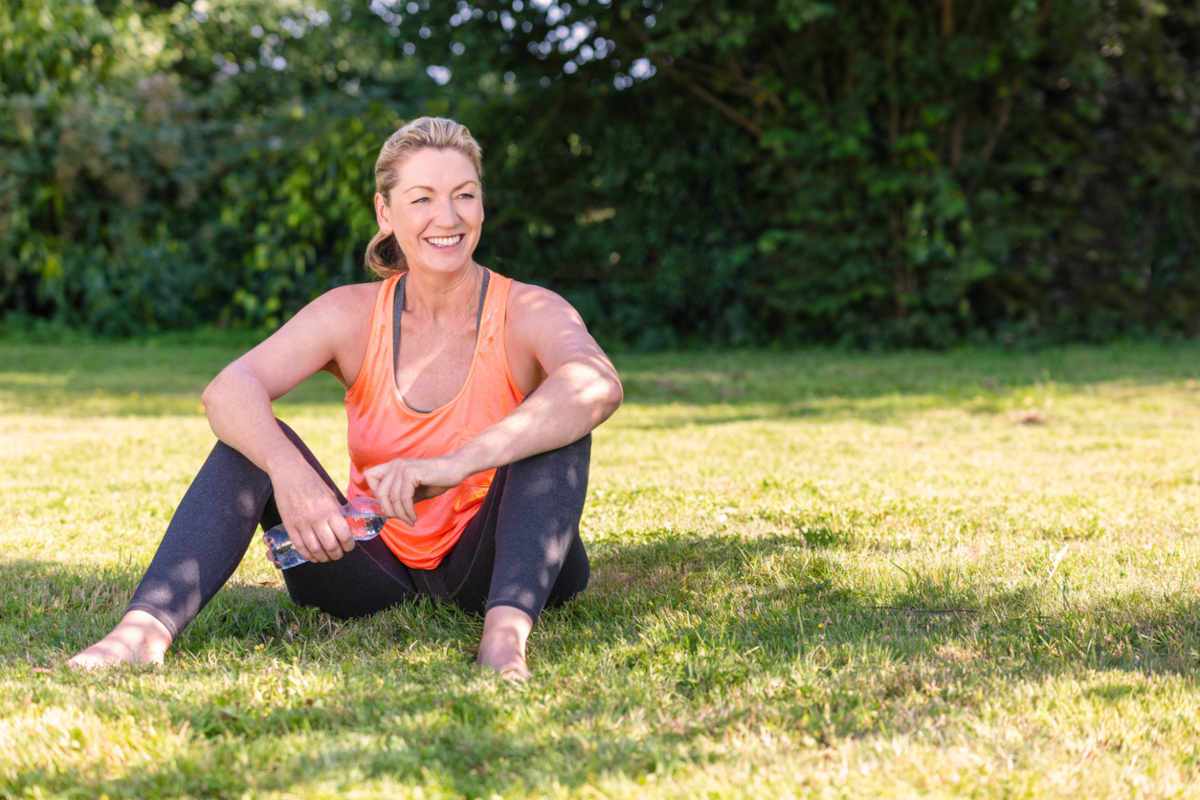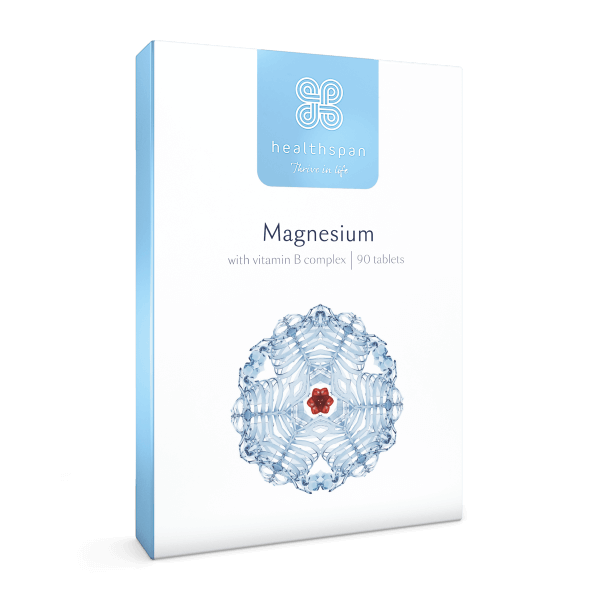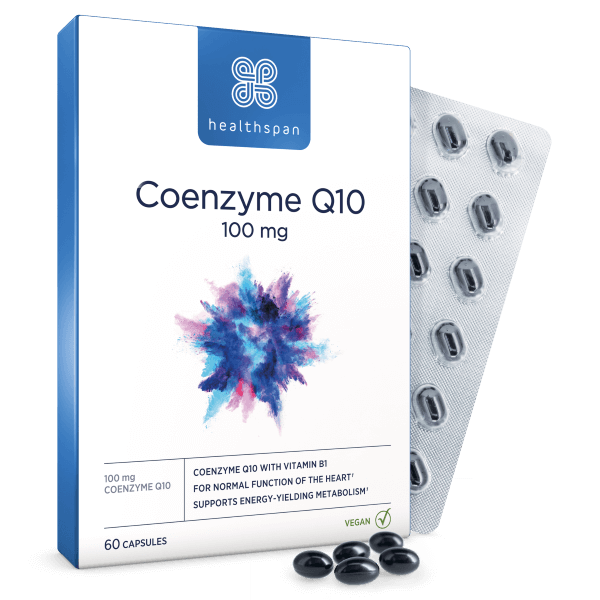If you regularly suffer with muscle cramps, here's what you need to know.
🕒 6 min read
Cramps are an excessive contraction of a muscle which leads to pain and tenderness. Calf cramps are most common, although any muscle in the legs and feet can be affected. Put simply, a cramp is a prolonged muscle spasm.
How common are leg cramps?
One GP surgery found that over a third of patients (37 per cent) had experienced leg cramps during the preceding 2 months and that they became increasingly common with age.
Each leg cramp lasted nine minutes, on average, and one in five described their symptoms as 'very distressing'.
Of those who experienced cramps, 40 per cent had them more than three times a week and one in 16 (6 per cent) suffered at least daily.
What causes cramps in legs?
Cramps can be brought on by physical exercise, repetitive movements, sitting or lying in an awkward position or dehydration.
Cramps are also associated with poor circulation due to varicose veins, chronic venous insufficiency or hardening and furring up of the leg arteries.
These factors all reduce blood supply to muscles, so that oxygen and nutrient supply – plus the flushing away of metabolic wastes (e.g., lactic acid) – are reduced, interfering with muscle relaxation.
After eating a heavy meal, blood is diverted away from peripheral muscles to aid digestion, which can also make leg cramps more likely due to reduced blood flow.
Finally, excessive sweating, a fever, and hot weather can cause cramps in the legs due to dehydration.
Cramps that occur at night can be classed as a sleep disorder.
The causes of night-time cramps include:
- Electrolyte imbalances – especially of the minerals calcium, magnesium, potassium or sodium.
- Side effects of medication, especially diuretics (water tablets), inhaled long-acting beta 2 agonists used to treat asthma and statins. Other include calcium channel blockers (especially nifedipine), acetylcholinesterase inhibitors, steroids, morphine, cimetidine, penicillamine, antiretroviral drugs and tranquillisers/sleeping tablets.
- Diabetes – two-thirds of people with diabetes experience leg cramps.
- Chronic conditions affecting the nervous system, kidneys, liver or other internal organs.
Leg cramps in pregnancy are also common, affecting up to one in three pregnant women. They are more common at night and in the later stages of pregancy. The exact cause is unknown, but suggestions include changes in blood circulation, the weight of the uterus reducing venous return from the legs, or changes in blood calcium concentrations.
How to stop leg cramps immediately
Muscle cramps can be extremely painful and when it happens, we want immediate relief. Try gently stretching the muscle and rubbing it to help it relax. In addition, drink a glass of water, move around to stimulate your circulation and apply a hot pack or, if you prefer, a cold pack to ease pain.

Being active and staying well-hydrated during the day are two simple ways to help reduce the likelihood of cramps at night.
How to prevent leg cramps
For a preventative approach, drink fluids regularly throughout the day to ensure you stay well hydrated, avoid alcohol or caffeine before bedtime and eat a healthy diet that supplies fruit, vegetables – especially dark green leaves – wholegrains, nuts, seeds, fish and dairy products to obtain calcium, potassium and magnesium.
You should also try to exercise on most days; for example, aim to walk at least 5,000 steps per day, and preferably 10,000. Non-weight bearing exercise such as swimming or cycling are helpful if you have joint problems.
Most important of all, if you smoke, do your utmost to quit. Smoking constricts and damages arteries, which can lead to long-term circulatory problems.
You may also find it helpful to wear a magnetic bracelet or to apply magnetic patches to the affected area. Magnetic therapy is traditionally believed to help normalise the flow of electrolytes in and out of cells and to help open up tiny capillaries to improve blood circulation.
Contact your doctor if:
- A cramping leg looks swollen, red, or shows skin changes.
- A cramp lasts longer than an hour.
- Your muscles feel weak.
- You also have a fever.
Supplements for cramps
While diet should always come first, a number of supplements can help.
Magnesium
Magnesium is vital to maintain the salt pumps that control the flow of sodium and potassium in and out of muscle cells – it is this flow of electrolytes that is needed for muscles to contract and relax normally.
Lack of magnesium is common – we each need an intake of around 375mg magnesium per day according to the EU nutrient reference value, yet national dietary surveys suggest average intakes for women are just 229mg per day.
If you are experiencing annoying symptoms such as muscle cramps, constipation, insomnia, tiredness all the time, or restless legs then a lack of magnesium is likely to be involved.
Taking magnesium supplements can reduce cramping in people who experience regular, recurrent leg cramps. In fact, significantly more people thought that taking magnesium helped (78 per cent) compared with those taking a placebo (54 per cent).
Some studies have not shown benefit from taking magnesium in reducing leg cramps, however, and it is only likely to work if you are magnesium deficient.
You can also absorb magnesium through your skin by adding magnesium flakes to a warm bath and relaxing in it for 20 minutes before bedtime.

Magnesium 375mg
100% recommended daily amount of magnesium per tablet
- Reduces tiredness and fatigue
- Contributes to muscle and psychological function
- Helps maintain bones and teeth
Ginkgo biloba
Ginkgo biloba has been used in Chinese medicine for thousands of years to improve poor circulation.
Ginkgo leaves contain unique antioxidants (ginkgolides and bilobalides) that help to dilate arteries and also increase the flexibility of red blood cells so they can more easily pass-through tiny capillaries to deliver oxygen to the peripheries.
Ginkgo supplements are so effective that a single dose was found to increase peripheral blood flow to nail fold capillaries by 57 per cent within an hour.
In 14 trials, involving 739 people with leg pain on walking due to poor circulation (intermittent claudication), Ginkgo supplements allowed them to walk 200 feet further on a flat treadmill before leg pains occurred, compared with placebo.
Ginkgo extracts also help to treat leg cramps by increasing blood flow and oxygen delivery to muscles during the night.
Pycnogenol
Pycnogenol is a potent mix of antioxidants obtained from the bark of the French maritime pine tree.
These pine bark extracts promote blood vessel dilation and are widely taken to treat conditions associated with poor circulation such as leg cramps.
When 66 people with leg cramps or muscular pain took Pycnogenol for 4 weeks (and drank at least 1.5 litres of water every day) the average number of cramps experienced reduced from 4.8 cramps per week, to 1.3 by the end of the month.
Coenzyme Q10
Coenzyme Q10 is a vitamin-like substance needed to process oxygen and generate energy-rich molecules within muscle cells.
While you can make some coenzyme Q10 yourself, its production declines from your mid 20s so that by the age of 40 the amount present in cells is up to a third lower.
Without sufficient coenzyme Q10 to process oxygen and generate energy, cells function at a sub-optimal level and muscles are more like to cramp.
Coenzyme Q10 is available in two forms of which the most active is ubiquinol. Many people with leg cramps find that taking ubiquinol coenzyme Q10 helps when their cramps are due to reduced oxygen uptake in muscle cells.

Coenzyme Q10 100mg
100mg CoQ10 for normal function of the heart
- Supports heart health and energy-yielding metabolism
- Sunflower oil base aids quicker absorption
- Fermented for optimum purity
One of the reasons that statin drugs can cause muscle aches, pains and cramps, is that statins switch off the production of both cholesterol and coenzyme Q10, so that circulating levels of coenzyme Q10 fall by one half within 4 weeks.






